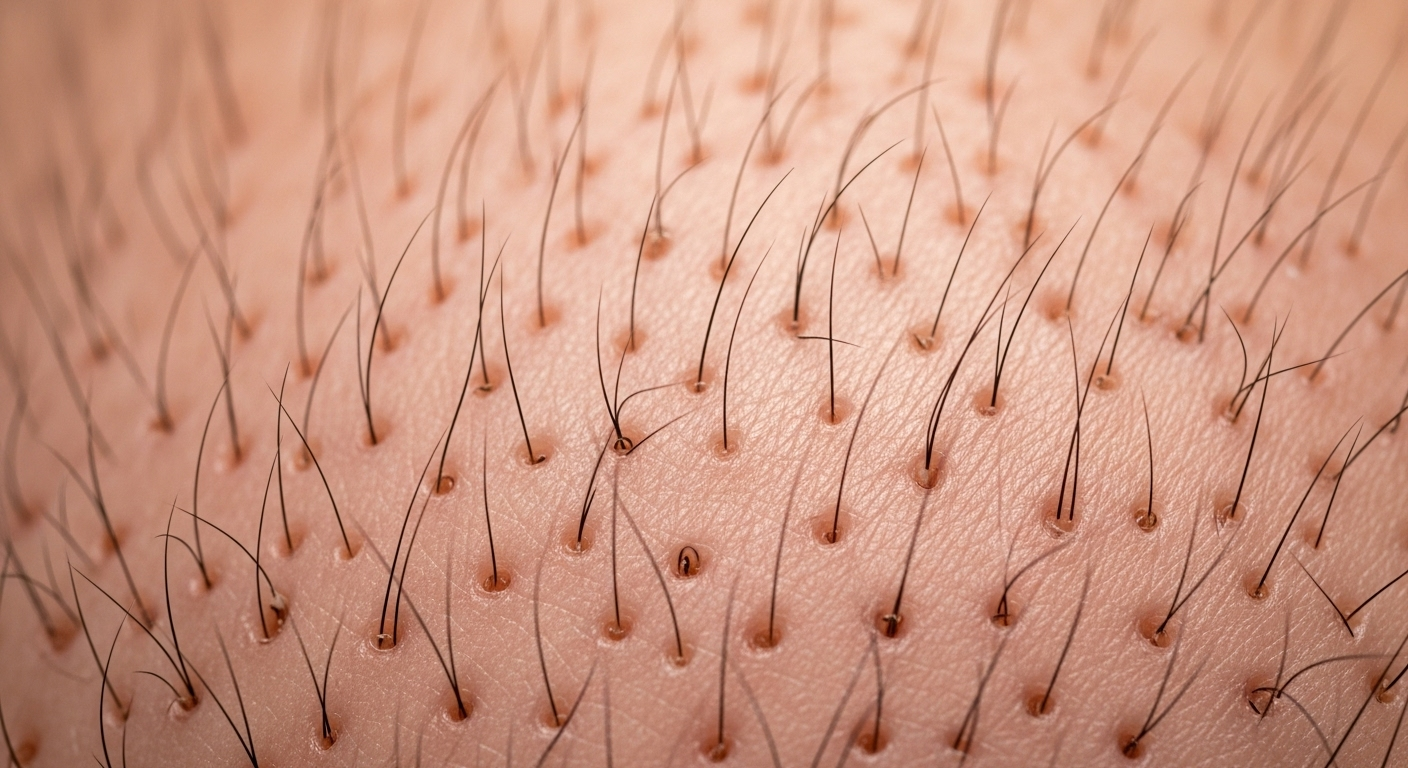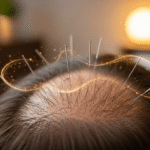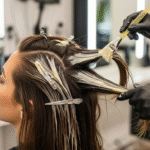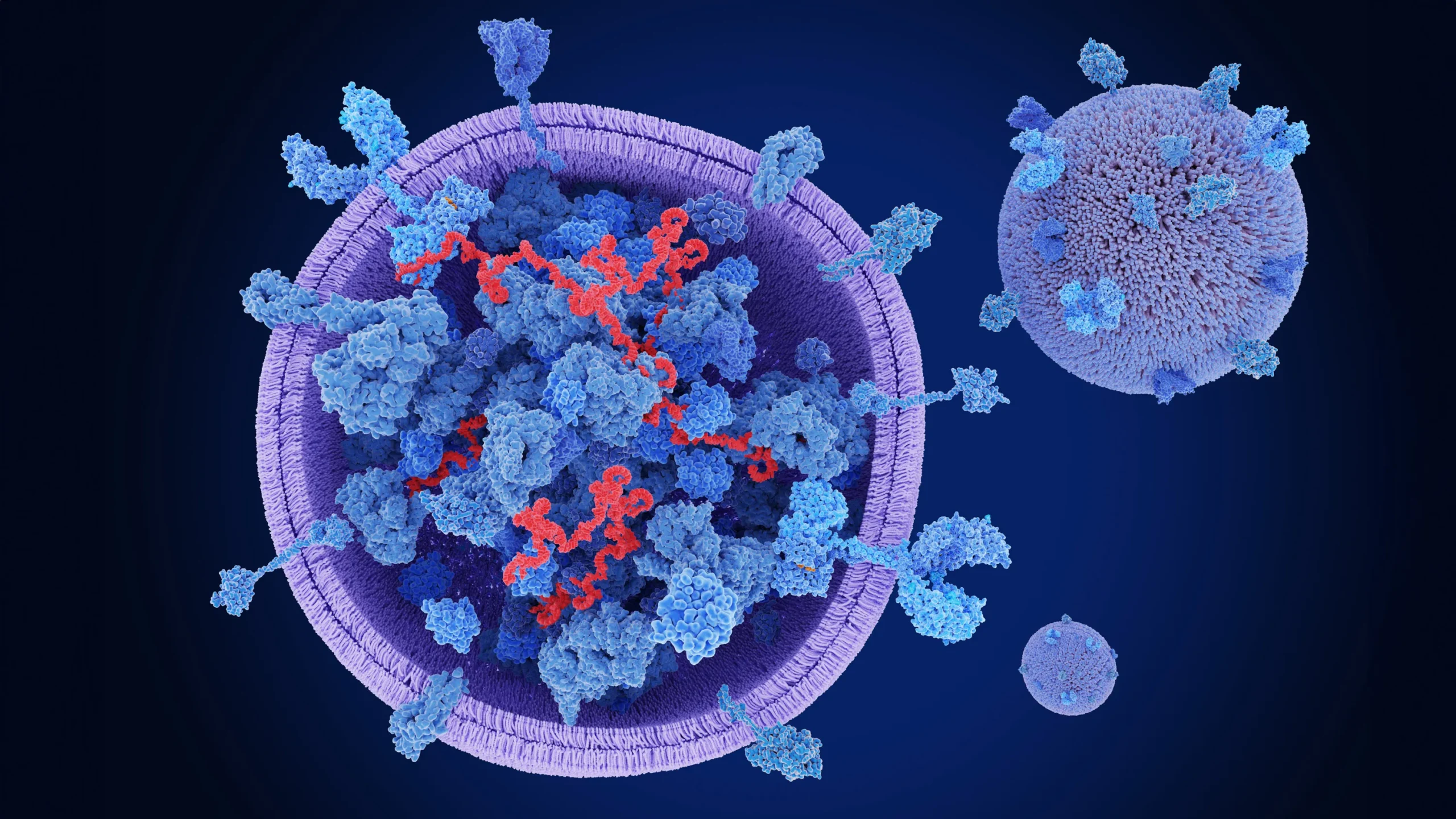Experiencing hair loss can be frustrating, but a hair transplant offers a powerful solution. One key concern many patients have is what happens to the donor area after the transplant. Hair transplant donor area regrowth is a critical part of the healing process, and understanding what to expect can help manage your recovery effectively. In …
Experiencing hair loss can be frustrating, but a hair transplant offers a powerful solution. One key concern many patients have is what happens to the donor area after the transplant.
Hair transplant donor area regrowth is a critical part of the healing process, and understanding what to expect can help manage your recovery effectively. In this guide, we’ll walk you through the regrowth timeline, healing tips, and expert recommendations to ensure you get the best results.

What Happens to the Donor Area After a Hair Transplant?
The donor area refers to the section of your scalp from which hair follicles are harvested during a hair transplant procedure. This area is typically located at the back or sides of the head and is crucial for ensuring the success of the transplant. Understanding how it heals after the procedure will give you a better idea of what to expect and how to care for it.
FUE (Follicular Unit Extraction)
In the FUE method, individual hair follicles are extracted using a small punch tool. This leaves behind tiny, dot-like scars, which heal relatively quickly. The main benefit of FUE is the minimal scarring, which is often not visible once the hair grows back. The donor area typically heals within a few weeks, and the hair regrowth process starts after the follicles are extracted.
Hair Transplant Donor Area Regrowth: FUT (Follicular Unit Transplantation)
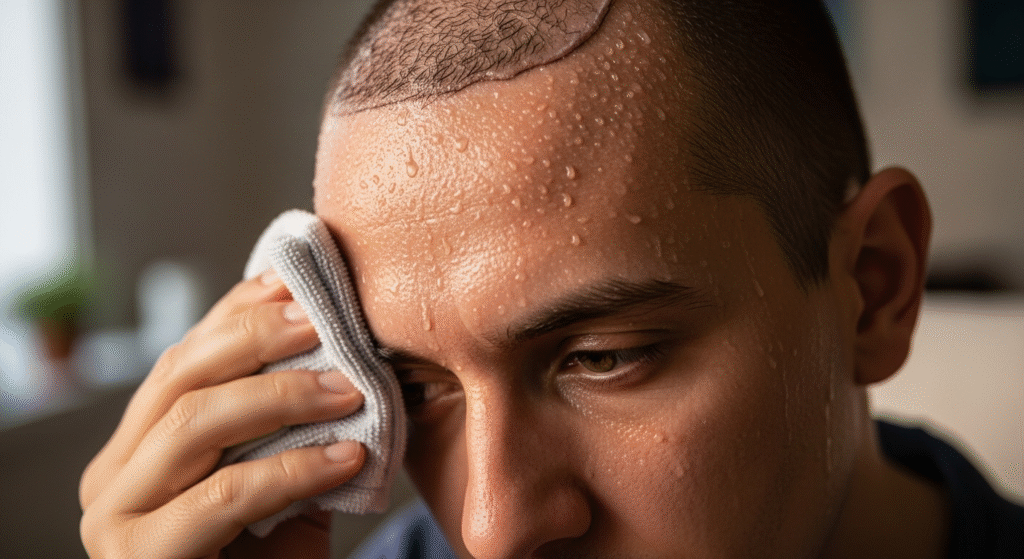
FUT involves removing a strip of scalp to harvest the follicles. While this technique leaves a linear scar, it typically allows for more follicles to be extracted in one session, making it a good option for patients with extensive hair loss. Healing in the donor area after FUT can take longer compared to FUE, and a scar is typically visible, especially if the hair is cut short.
Donor Area Healing Timeline
The recovery process for the donor area depends on several factors, including the technique used (FUE or FUT), the size of the donor area, and individual healing rates. Here’s a typical healing timeline:
Days 1-3: Initial Redness and Healing
Immediately after the transplant, you may notice redness and small scabs where the follicles were extracted. This is a normal part of the healing process, and these scabs will start to fall off in a few days.
Days 4-7: Scabs Begin to Shed
By the end of the first week, most of the scabs from the donor area should begin to fall off. During this period, your scalp may still be tender, so it’s essential to be gentle when washing your hair.
Weeks 2-4: Redness Fades
The redness and swelling around the donor area should begin to fade. Hair follicles may shed during this phase, which is entirely normal as part of the transplant process. Don’t worry; this shedding is temporary, and regrowth will begin shortly.
Months 1-3: Early Hair Growth
By the one-month mark, new hair growth should begin to appear in the donor area. Initially, the hair may be fine and soft, but it will gradually thicken over the next few months.
Months 6-12: Full Regrowth
The full regrowth process can take up to 12 months. By this time, you should notice significant improvement in hair thickness and density in both the donor area and the transplanted regions. Your hair should now appear natural and fully integrated with the surrounding hair.
Post-Operative Care for the Donor Area
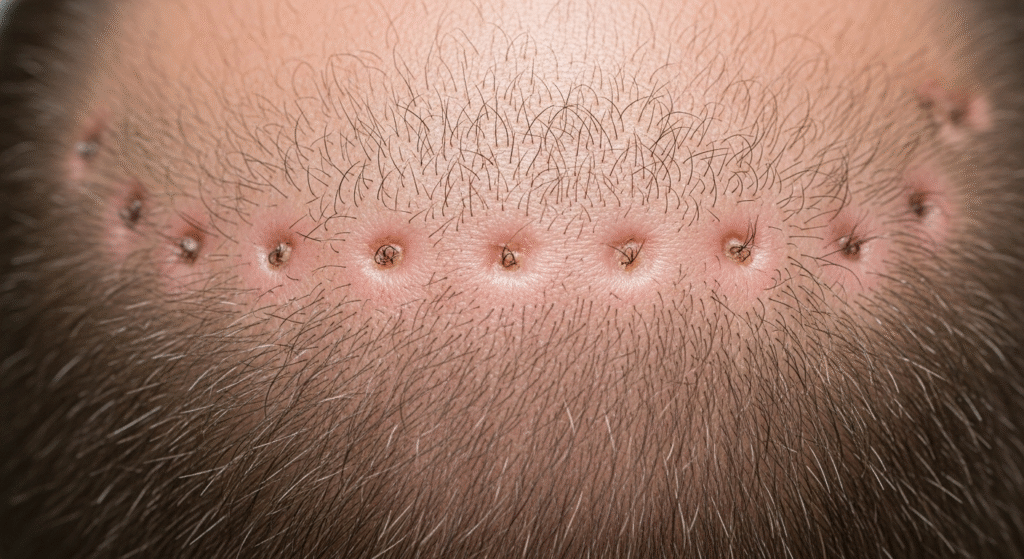
Proper care of the donor area is crucial to ensure optimal healing and healthy regrowth. Here are some key tips for taking care of your scalp after the procedure:
Avoid Scratching or Picking
It’s essential to resist the urge to scratch or pick at the donor area. Doing so can cause infection, scarring, or delayed healing. Let any scabs fall off naturally.
Gentle Washing
Use a mild, sulfate-free shampoo and avoid direct pressure on the donor area for the first few weeks. Wash your hair gently, using your fingertips rather than your nails, to avoid disturbing the healing skin.
Sun Protection
The donor area can be sensitive to sunlight, so make sure to protect it from direct exposure. Wearing a hat or applying sunscreen (if advised by your surgeon) can help prevent pigmentation changes and promote faster healing.
Avoid Strenuous Activities
Exercise can increase sweating, which may irritate the donor area. For the first few weeks, it’s important to avoid strenuous activities like running, lifting, or anything that could cause excessive sweating on the scalp.
Follow-Up Appointments
Be sure to attend any follow-up appointments with your surgeon. These visits are crucial for monitoring your progress and addressing any concerns you may have.
Expert Tips for Promoting Donor Area Regrowth
To optimize the regrowth of hair in the donor area, here are some expert tips that can help:
Maintain a Healthy Diet
A balanced diet rich in vitamins and minerals, including biotin, zinc, and vitamin D, is essential for promoting hair health. These nutrients help strengthen hair follicles and encourage faster regrowth.
Stay Hydrated
Drinking plenty of water aids in overall recovery and helps keep your scalp hydrated, which is essential for the healing process.
Avoid Smoking and Alcohol
Smoking and excessive alcohol consumption can negatively affect circulation, which may hinder the healing and regrowth process. It’s recommended to avoid both during your recovery period.
Consider PRP Therapy
Platelet-Rich Plasma (PRP) therapy, which involves injecting your own concentrated platelets into the donor area, can help stimulate hair growth and improve healing. Consult with your surgeon to see if PRP therapy is right for you.
Follow Your Surgeon’s Advice
Every patient heals differently, so it’s important to listen to your surgeon’s recommendations and guidelines. If you have any concerns or experience any unusual symptoms, don’t hesitate to reach out for professional advice.
FAQ
Will the donor area look thinner after a hair transplant?
There may be a slight reduction in hair density in the donor area, especially if the FUE method is used. However, this change is usually minimal and not noticeable to others.
How long before I can return to normal activities?
Patients can usually return to light activities within a week after the transplant. Strenuous exercise should be avoided for 2-3 weeks.
Are there any permanent scars in the donor area?
FUE leaves tiny, dot-like scars that are often not visible once the hair grows back. FUT leaves a linear scar, which can be hidden by growing your hair longer.
Can I undergo a second hair transplant?
Yes, if there are still healthy hair follicles in the donor area, you can undergo a second transplant. Your surgeon will evaluate the condition of your donor area to determine if it’s feasible.
Conclusion
The healing and regrowth of the donor area after a hair transplant is a crucial part of the recovery process. By following proper care guidelines, maintaining a healthy lifestyle, and staying patient, you can ensure that your donor area heals properly and that you achieve the best possible results.
Ready to restore your hair and achieve the results you’ve been dreaming of? Book a consultation with Dr. Uzma Irfan, an ISHRS-certified surgeon in Islamabad today to discuss your options and create a personalized treatment plan for you.

